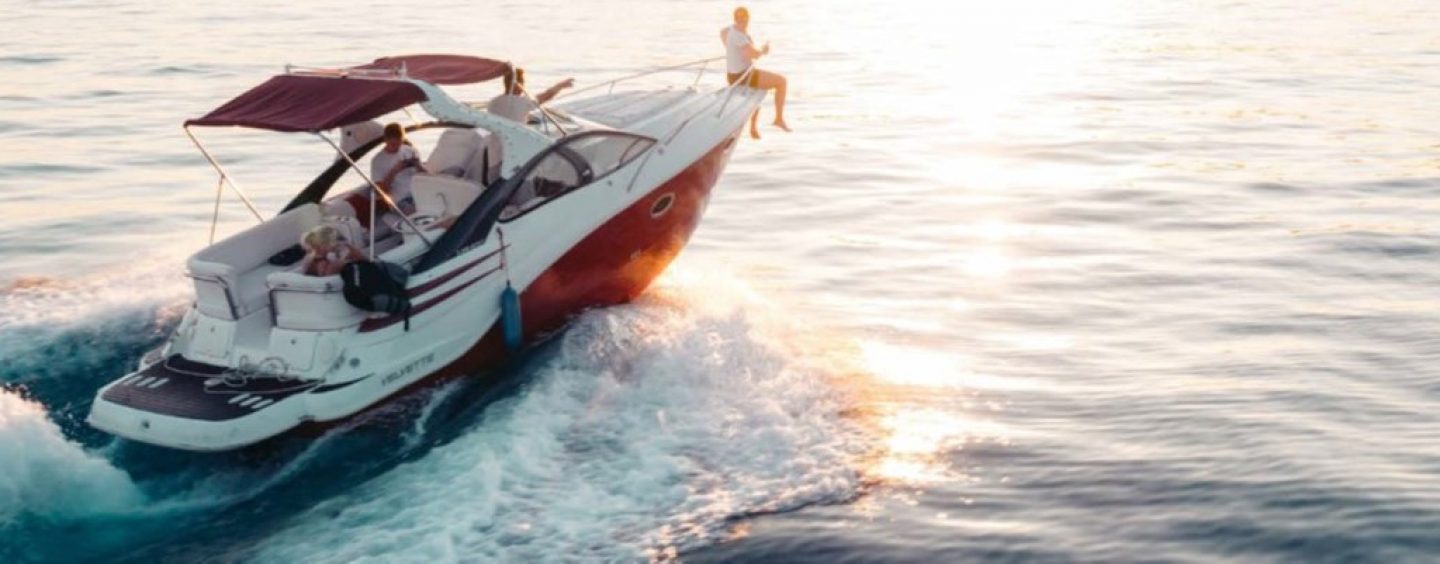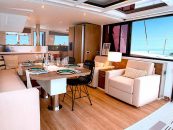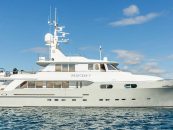Whether you’re buying or selling a business in Australia, determining its market value is crucial.
Several methods are used by business brokers, valuers and accountants to calculate what the business is worth. In this article, we explore the most common business valuation methods employed in Australia so you can better understand how to value your enterprise.
Determining fair market value is possible with a mix of industry and financial knowledge. As a business broker and valuer, I have determined the value of many Australian businesses using various methods. The approach depends on the industry, business model, assets, and other factors.
The most common methods for valuing a business in Australia are the multiple of discretionary earnings method, the net asset value method, the discounted cash flow method and the liquidation method. Let’s discuss each in more detail:
Multiple of Discretionary Earnings
Otherwise known as a multiple of earnings. This method values a business based on its adjusted or normalised net profit. The two most common approaches are PEBITDA and EBITDA. Basically, one is under complete management, and the other has the proprietor or owner working in the business. The acronym stands for Proprietors Earnings Before Interest, Taxes, Depreciation and Amortisation. You then multiply the PEBITDA or EBITDA earnings by a multiple, usually 1 to 4 times for a small to mid-sized business. Many factors contribute to the exact multiple used, including the industry, growth rate, risks, competition and other attributes.
For example, a manufacturing firm with $500,000 in EBITDA and an industry multiple of 2.7 would be valued at $1.35 million. This method works best for profitable businesses with steady cash flows. It is popular in Australia because it is easy to understand and implement.
Net Asset Value
The net asset value approach values a business based on the fair market value of its assets.
This method is suitable for asset-heavy businesses where a multiple of earnings presents a lower value than the company’s assets, for example, a large charter boat operation. Add up the value of assets like plant and equipment, vehicles, vessels and stock, then add a year’s earnings. It’s important to note that we are discussing buying the business, not the entity; therefore, the sale would be transacted as a Going Concern.
Discounted Cash Flow
The DCF method estimates the present value of future cash flows to determine a business’s value. You forecast the business’s free cash flows for several years and then calculate the net present value of those cash flows using a discount rate that matches the risk of the business. The DCF approach requires significant assumptions and financial modelling but can provide a solid valuation for high-growth companies. It accounts for the time value of money and the long-term potential of the business. However, small changes in assumptions like the discount or growth rate can lead to a wide range of valuations. This method is usually reserved for medium to larger businesses.
Lastly, the liquidation approach. Hopefully, this method is avoided, as it is used for insolvent businesses, where they need to sell the assets immediately. Therefore, liquidating anything of value and generally at a heavily discounted rate. The funds raised by liquidating the assets are then distributed to those who are owed money, and the company is wound up.
In summary, business valuation is part of art and science. Multiple methods may be combined to determine a fair value range for a business. But for most small to medium Australian businesses, the multiple of discretionary earnings approach and the net asset value method are simple, reliable ways to value the business. With some financial data and industry knowledge, you can gain insight into what your business may be worth so you can get out on the water sooner.
Mick Godwin
Registered Business Valuer
0416 638 154
mickgodwin@benchmarkbusiness.com.au
www.benchmarkbusiness.com.au
166 Ashmore Road, Benowa, Qld 4217
Published in print October-December 2023




























